This unit is designed to be delivered at any, or all three of the stages of Primary school. Through exploration of the topic ‘Breakfast’, children at Key Stage 2 can develop knowledge and understanding in key areas that will help equip them to make sense of the challenging history of transatlantic slavery. Explore the unit’s ‘Learning Objectives’ to understand how this unit prepares children for approaching this history. If you are planning to go on to study the history of Transatlantic Slavery with your class, Teaching Slavery FAQs provides guidance and approaches to this. The topic ‘Breakfast’ has been designed to also deliver key components of the Key Stage 2 Curriculum. Where possible, teachers are encouraged to weave into the topic some of the KS2 ‘Breadth of Study’ History units. such as ‘Britain Since the 1930s (WW2 rationing / maritime trade links); Tudor seafarers (trade, exploration); Victorian England (empire); Vikings (early trade routes) – taking the opportunity to offer a different perspective to this history through the Building Blocks Unit.
Children are encouraged in this unit to explore how the commodities that they consume for breakfast come to be on their table each morning. They will find out about the origin of foods such as wheat, juice, chocolate, sugar, tea and coffee and how the chain of trade gets them to their breakfast table. They will also explore what people through history ate for breakfast and how the development of trade routes and the empire changed this.
The unit is structured around a learning cycle and offers teachers a topic that can be tailored according to the needs and interests of the class and teacher.
Stage 1: Entry Activity
Class breakfast
A packed breakfast is brought in and eaten together as a class. Children are encouraged to bring whatever they would normally have at home (milk could be provided by the school and a cotton table cloth set down by the teacher). This could be done as a whole school, or class activity and recorded by a teacher / assistant to provide a further resource for the unit.
Teacher Approach
Adult led / supported – drawing out questions from the class such as:
- Why do we eat breakfast?
- What do we eat for breakfast?
- Why is breakfast important?
- What is a nutritionally good breakfast?
Big Question: What can my breakfast tell me about the world?
The ‘big question’ is introduced and the adult explains the topic and that they will need to answer ‘the big question’.
Stage 2: Immersion
Big Question: What can my breakfast tell me about the world?
Children identify their challenge and raise their own questions to investigate. Final challenge is introduced.
Pupil voice
opportunity for learners to ask questions to direct the enquiry
- Why do I eat these foods for my breakfast?
- What do people in other countries eat for breakfast?
- How long is their ‘breakfast journey’?
- Are all people within the ‘chain of trade’ for my breakfast treated fairly?
- What did my parents and people 100 / 500 years ago eat for breakfast in Britain?
- Why has this changed?
- How can people make their ‘breakfast journey’ shorter, or more ‘fair’ to the suppliers?
Teacher Approach
leading the class or dividing into groups to undertake suggested activities
- Map the origins of their breakfast food on a world map
- Research into what people eat for breakfast in other countries/cultures
- Research into what people living in different periods, eg Tudor, Victorian, World War II, would have eaten for breakfast
- Research into the importance of ships, the sea and trade in bringing food in and out of the country through key historical periods – eg. explore why rationing was necessary in WW2 when maritime trade routes were under attack
- Research online into the ‘chain of trade’
Stage 3: Have a go
Children use their learning to have a go – activities that allow them to make mistakes and develop skills.
Big Question: What can my breakfast tell me about the world?
Pupil voice
opportunity for learners to ask questions to direct the enquiry.
- Why do I eat these foods for my breakfast?
- What do people in other countries eat for breakfast?
- How long is their ‘breakfast journey’?
- Are all people within the ‘chain of trade’ for my breakfast treated fairly?
- What did my parents and people 100 / 500 years ago eat for breakfast in Britain?
Teacher Approach
leading the class or dividing into groups to undertake suggested activities.
- Finding out/cooking/sampling/surveying what people from around the world eat for breakfast and where it comes from.
- Reconstructing / cooking and sampling a Tudor breakfast or WW2 rationing breakfast – exploring how the maritime trade routes affected what foods people ate and comparing this with breakfasts today.
- Constructing timelines of when and why tea, coffee, chocolate, sugar became breakfast staples and linking this to trade and economics and the development of countries.
- Investigating fair trade and its impact.
Stage 4: The Challenge
Big Question: What can my breakfast tell me about the world?
Children prove their learning by answering the ‘big question’- adult steps back, children are empowered and supported.
Suggested ‘challenges’ to answer the ‘big question’
Children present an assembly on how their breakfast can teach them about the world – highlighting where the food comes from, the importance of maritime links and trade to the history of how we have come to eat it today and how this links to inequalities in nations today.
The class should focus on some of the key breakfast commodities such as bread, sugar, tea, coffee, juice, chocolate, the cotton table-cloth – to illustrate when we first started to eat these for breakfast, where they came from and how they travel to us both past a present (the key KS2 History periods Tudors, Victorians and WW2 should feature).
Role-play; music; costume; story; visuals (maps, digital media etc) can be used. The children may wish to supplement this challenge with a ‘fair trade’ project such as selling fair-trade produce at home-time/parents evening.
Learning Objectives
Making sense of the history and legacies of transatlantic slavery in Britain today requires first some knowledge and understanding of some key areas. These have been listed in the Building Blocks resource as ‘Learning Objectives’ under the headings
- Africa, the Caribbean and North and South America (the African diaspora)
- Trade Links
- Human Rights
- Identity
Developing a better knowledge of these areas at a young age will provide the ‘Building Blocks’ to prepare children to understand how and why Britain’s trade and economy came to be under-pinned by the ‘triangle of trade’ between Britain, Africa and the Caribbean. A trade for which the capture, enslavement, transportation and sale of African men women and children as ‘commodities’ was a central component. It is difficult to make sense of this traumatic history unless it is understood in the context of trade and economics and how they drove and continue to drive the balance of power in the world.
Beginning with simpler concepts at EYFS, then working through more sophisticated issues at Key Stage 1 and Key Stage 2, completion of this unit will allow children to better appreciate the nature of trade, supply, demand and economic inequalities in the world today – essential building blocks of knowledge and understanding to make sense of transatlantic slavery. All children will learn this history at Key Stage 3.
Learning objectives identified for this unit
By completion of this unit at the end of KS2 stage children will:
-
Africa, the Caribbean and North and South America (and the African ‘Diaspora’)
- Be able to identify African countries on a contemporary map and use their knowledge to describe some of the geographical features, traditions, culture and ways of life in these countries.
- Be able to identify some of the Caribbean islands and North and South American countries on a contemporary map and use their knowledge to describe some of the geographical features, traditions, culture and ways of life in these countries.
- Know why North and South America and the Caribbean has a strong link to Africa and be able to communicate their thoughts and feelings about this history.
- Know how and why Britain has historical connections to these countries that impacted directly on their development and Britain’s, and understand how these connections are reflected within Britain’s diverse society today.
-
Trade Links
Children should:
- Understand the system of trade and how it works and be able to give historical and contemporary examples of trade on a local and international scale.
- Know about the importance of trade to Britain and be able to give examples of goods that have been traded throughout history.
- Know about ships and the importance of the sea in the movement of goods around the world for trade, past and present.
- Be able to make judgements on the value of goods and what is fair and unfair relating to trade, give examples and communicate why they have made this conclusion.
- Be able to identify some of the commodities that they consume that are produced in Africa, the Caribbean and North and South America and use their knowledge to debate the fairness of the systems of trade for these.
- Be able to make links between the history of Britain, Africa, the Caribbean and North and South America to understand why inequalities exist between these countries in terms of trade.
-
Identity
- Be able to identify some of the direct influences of African, Caribbean and North and South American culture, individual achievement and tradition on British contemporary life and use their knowledge to discuss this.
- Be able to make historical connections between Britain, Africa, the Caribbean and North and South America and use their knowledge to recognise how this history’s legacy has shaped attitudes and values in both negative and positive ways.
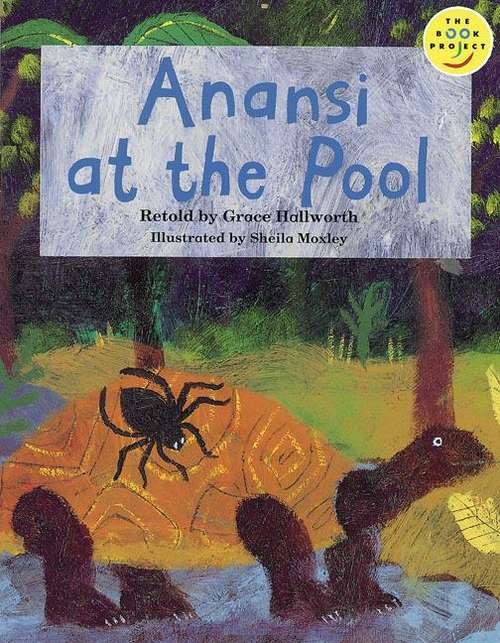
Anansi at the Pool
isbn: 978-0582124141
publisher: Longman Book Project
year: 1994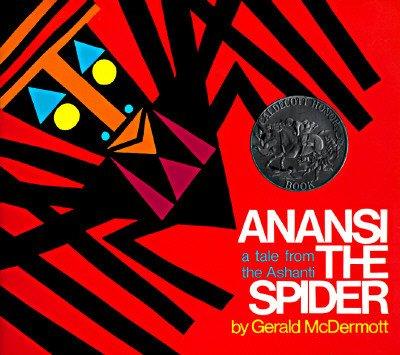
Anansi the Spider – a tale from the Ashanti
isbn: 978-0833513601
publisher: Turtleback Books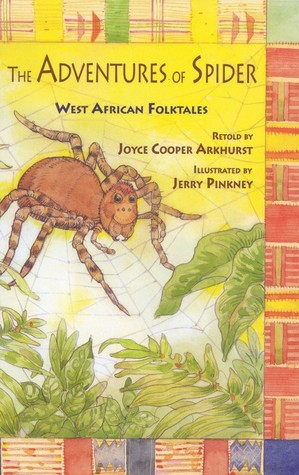
The Adventures of a Spider – West African Folktales
isbn: 978-0316051071
publisher: Little, Brown Books for Young Readers
year: 1992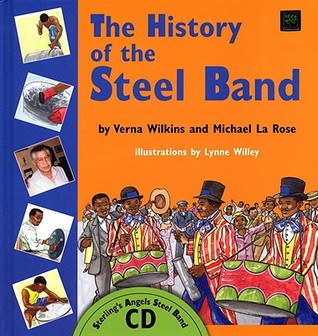
The History of the Steel Band
isbn: 9781870516747
publisher: Tamarind
year: 2006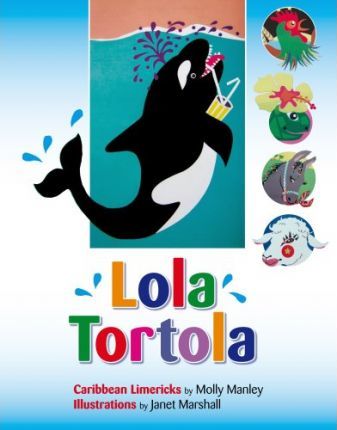
Lola Tortola; Caribbean Limericks
isbn: 9780230731264
publisher: MacMillan
year: 2009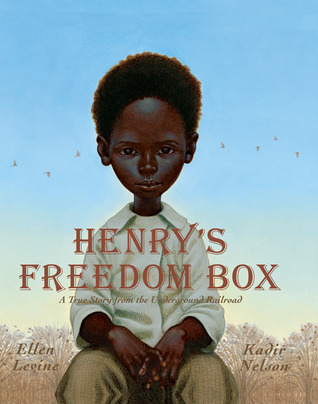
Henry’s Freedom Box; A True Story from the Underground Railroad
isbn: 9780439777339
publisher: Scholastic Press
year: 2007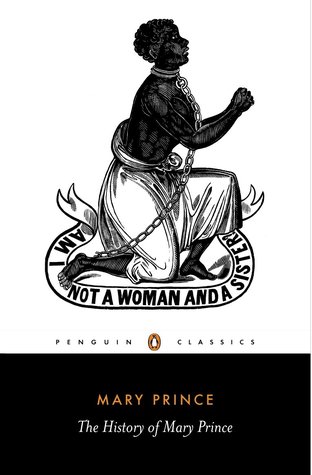
Mary Prince: The History of Mary Prince
isbn: 9780140437492
publisher: Penguin
year: 2017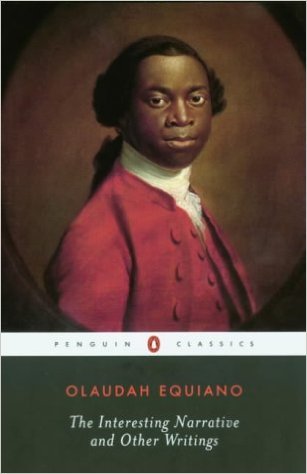
The Interesting Narrative and Other Writings
isbn: 9780142437162
publisher: Penguin Classics
year: 2003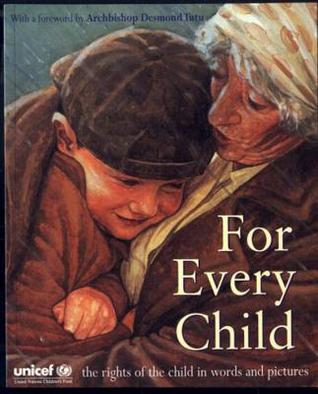
For Every Child
isbn: 9780099408659
publisher: Red Fox
year: 2002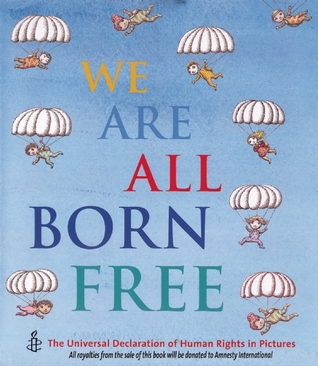
We Are All Born Free: The Universal Declaration of Human Rights in Pictures
isbn: 9781845076504
publisher: Frances Lincoln Children's Books
year: 2008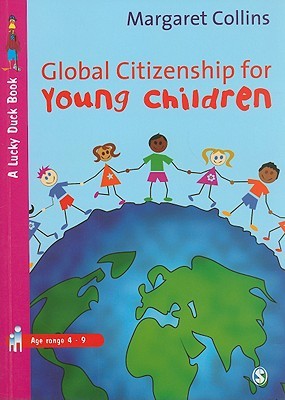
Global Citizenship for Young Children
isbn: 9781412946308
publisher: Sage Publications Ltd
year: 2008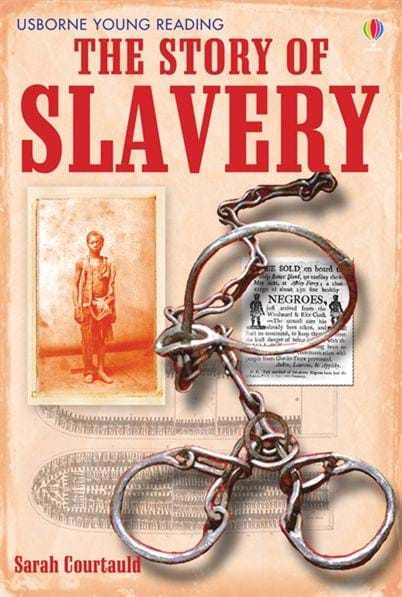
The Story of Slavery
isbn: 978074608752-7
publisher: Usborne